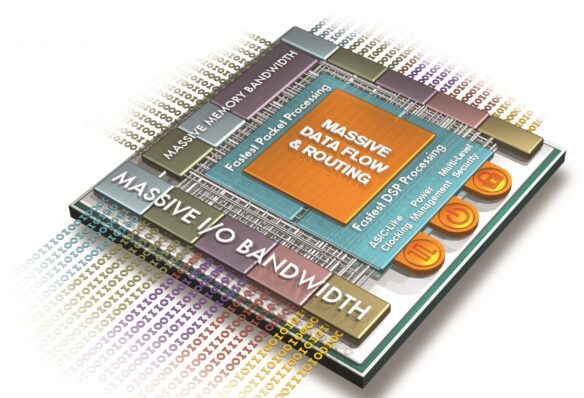FPGA Accelerated HPU
The HPU (Holographic Processing Unit) is a specialized FPGA (Field-Programmable Gate Array) based image acceleration hardware designed for rapidly reconstructing holographic images. It’s specifically customized to perform the complex computations required for holographic image reconstruction with speed and efficiency, making it suitable for a variety of applications, including medical imaging, scientific visualization, and augmented reality. The HPU can be connected to a host computer via a PCI Express (PCI-E) interface. This high-speed interface ensures rapid data transfer between the host system and the HPU, minimizing latency and enabling seamless integration into existing setups. In addition to direct PCI-E connections, the HPU can also be used in conjunction with a Thunderbolt PCI-E external caddy. This feature enhances the HPU’s portability and ease of use, allowing it to be connected to laptops and other devices with Thunderbolt ports. One of the primary advantages of the HPU is its ability to reconstruct holographic images in real-time or with minimal delay. This makes it suitable for applications where immediate visualization or analysis of holographic data is essential.
Features
PCI-E connects directly to PC
Reconstructions in 17ms at maximum resolution
Portability with thunderbolt
Near real-time reconstructions
High-Performance processing
FPGA-based parallel architecture
Plankton sampling for marine biology
Holographic imaging allows researchers to capture and analyze three-dimensional (3D) information about individual planktonic organisms and their surrounding water volume. Imaging is non-invasive, which means it doesn’t harm or disturb the planktonic organisms during observation. By analyzing holographic data over time, researchers can estimate plankton population densities and distributions. This information is vital for assessing the health of aquatic ecosystems and understanding the impact of environmental changes.
Biological and Medical Imaging
Holography in biomedicine serves as a powerful imaging tool with applications ranging from cellular studies to clinical diagnostics. One prominent use case involves the non-invasive 3D imaging of biological cells and tissues, enabling researchers to investigate cellular behavior, conduct automated blood cell counting, enhance microscopy, and perform live cell imaging. These applications contribute to advancements in disease research, medical diagnosis, and our understanding of cellular processes, ultimately benefiting the field of biomedicine.
Particle Analyses and Characterisation
Digital holography is a valuable imaging technique employed in particle analysis and characterization. This technology offers a versatile use case by enabling precise and non-destructive measurement of particles in various applications, such as pharmaceuticals, environmental monitoring, and industrial processes. It contributes to the accurate sizing and characterization of particles, aiding in quality control, research, and analysis in these fields.
